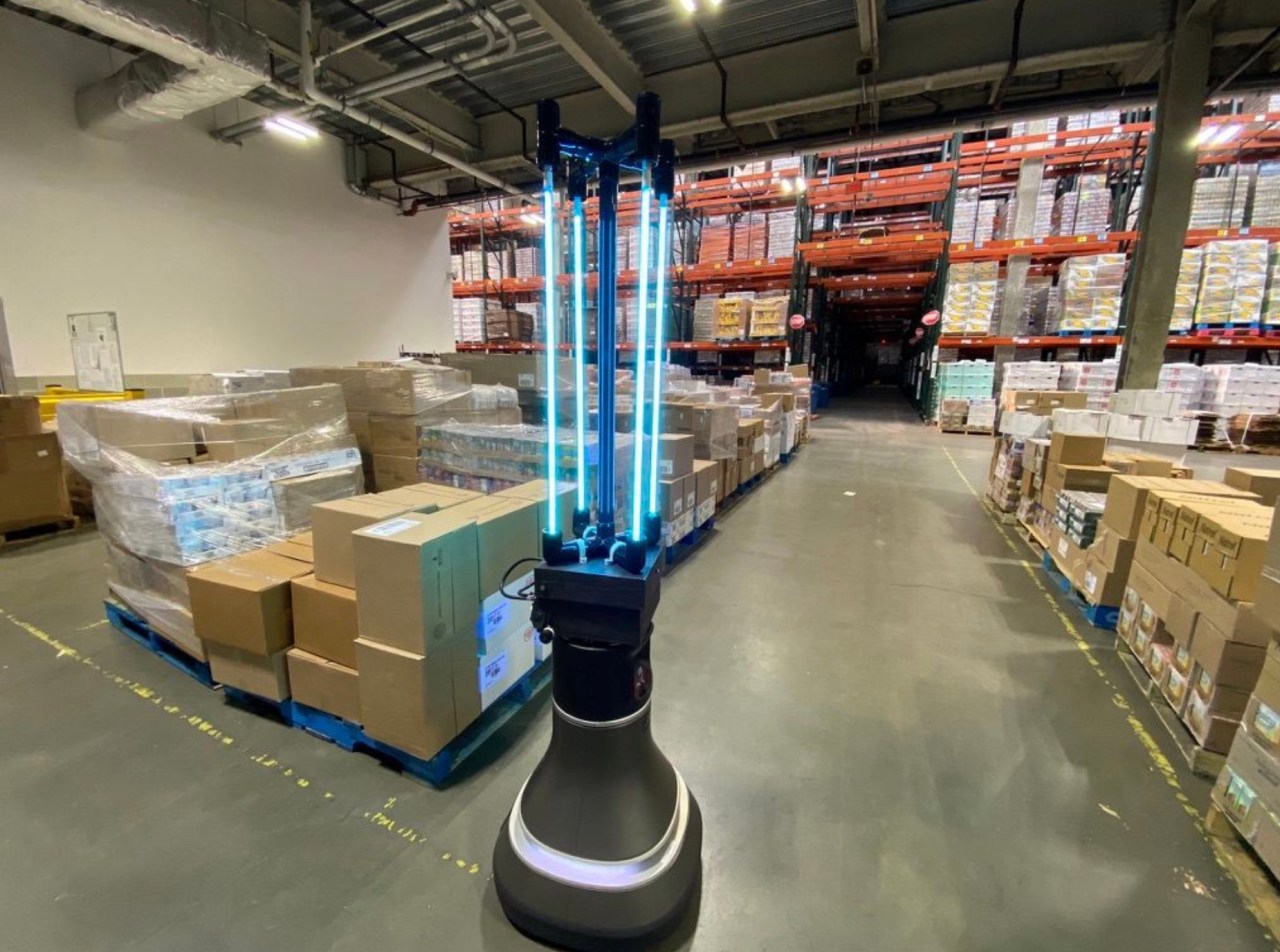The fight against COVID-19 has propelled innovation into overdrive, especially in robotics and artificial intelligence. One of the most inspiring implementations of this tech revolution can be seen at The Greater Boston Food Bank (GBFB), where researchers from the Massachusetts Institute of Technology’s (MIT) Computer Science and Artificial Intelligence Lab (CSAIL) are rolling out a cutting-edge robotic disinfection system. Beyond just keeping surfaces clean, this innovative approach is positioned to aid vital food supply chains and safeguard public health.
A Partnership for Innovation
In collaboration with Ava Robotics, MIT CSAIL transformed a telepresence robot into a mobile disinfecting unit that employs ultraviolet (UV) light technology. Unlike the standard household cleaning bots we see today, this system is engineered for the unique challenges posed by the COVID-19 pandemic. By using UV light both on surfaces and in the air, the robot addresses the dual threat of the virus being transmitted via contact and aerosolized particles. This is especially critical in crowded facilities such as food banks, which serve at-risk populations.
The Science of Disinfection
How does this robot work? Equipped with cameras and sensors, it first maps the indoor environment of the GBFB, identifying essential paths and high-traffic areas for cleaning. After the initial mapping, remote human operators set the waypoints, focusing on priority zones that require disinfection. The system boasts flexibility, allowing it to adapt to changes in the layout of food storage areas as supplies ebb and flow.
- UV Light Technology: Heavy-duty disinfection methods safely remove harmful pathogens without human oversight.
- Autonomous Navigation: The robot can navigate dynamic environments, adapting to daily changes in food inventory.
- Real-time Adjustments: Although currently operated with manual input, researchers are working towards fully automated systems that will assess disinfection urgency based on real-world conditions.
Impact Beyond the Food Bank
While the GBFB is the primary focus for deploying this robot, the potential applications for such technology are vast. Once refined, similar disinfecting robots could revolutionize sanitation protocols in various environments, such as:
- Grocery Stores: Ensuring frequent disinfection of surfaces while customers shop.
- Schools: Providing a safer environment for students by regularly disinfecting classrooms and common areas.
- Airplanes: Reducing transmission risks during travel by sanitizing cabins before flights.
Looking Forward: A Safer Future
The innovations spearheaded by MIT’s CSAIL highlight the importance of technology in public health, particularly amid unprecedented challenges. As researchers continue to enhance the capabilities of these robotic systems, we may see a significant shift in how public spaces address hygiene and safety protocols. The intersection of AI, robotics, and health security could very well redefine our approach to managing infectious diseases and ensuring community wellbeing.
At fxis.ai, we believe that such advancements are crucial for the future of AI, as they enable more comprehensive and effective solutions. Our team is continually exploring new methodologies to push the envelope in artificial intelligence, ensuring that our clients benefit from the latest technological innovations.
For more insights, updates, or to collaborate on AI development projects, stay connected with fxis.ai.

